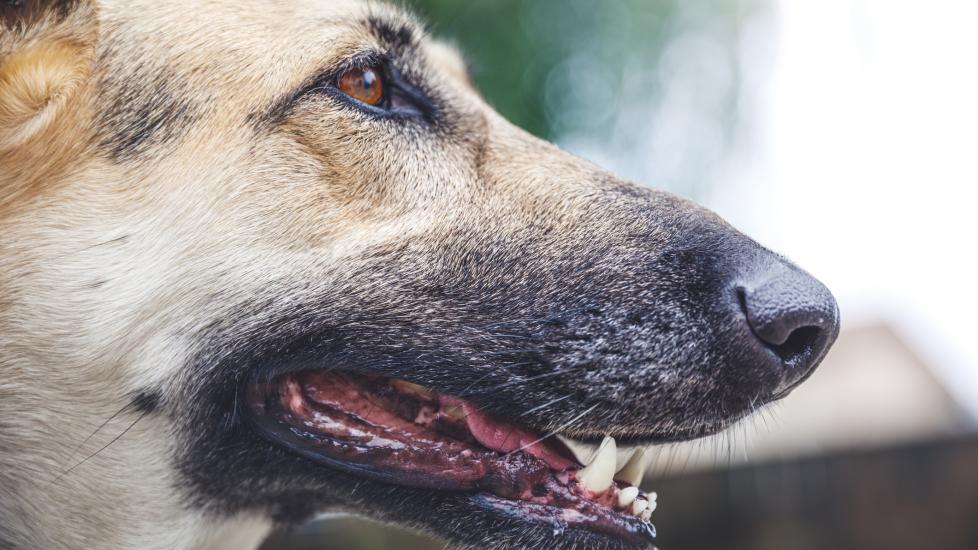Title: The Silent Killer of Canine Smiles: Understanding and Preventing Periodontal Disease in Our Furry Friends
Introduction:
Nestled within the plush furry faces of our beloved canines lies a silent killer that, if left unchecked, can lead to serious health consequences. Periodontal disease is one such menace, affecting not only your dog’s oral hygiene but also his overall well-being. It’s time we delve into this common yet often overlooked condition, exploring its insidious nature, recognizing its symptoms, and arming ourselves with knowledge on how best to prevent it from wreaking havoc on those precious pearly whites.
What Is Periodontal Disease?
Periodontal disease refers to an inflammation of the tissues surrounding and supporting the teeth – gums, periodontal ligament, alveolar bone, and cementum. In dogs, it typically stems from poor dental hygiene, which leads to plaque accumulation and subsequent mineralization as tartar (calculus). This hardened substance acts like a breeding ground for bacteria, triggering an immune response that gradually erodes the delicate structures holding the teeth in place.
Symptoms:
The early stages of periodontal disease are notoriously subtle; many pet owners overlook them entirely. Watch out for signs such as bad breath, red or swollen gums, bleeding during brushing, loose or sensitive teeth, or even chewing avoidance. As the condition progresses, you might notice weight loss due to reduced appetite or difficulty eating, jaw pain leading to behavioral changes, and in severe cases, tooth loss.
Prevention:
Regular veterinary checkups play a pivotal role in preventing periodontal disease by allowing professionals to spot issues before they escalate. Your veterinarian may recommend professional cleaning under anesthesia every 6 months to 1 year depending on each individual dog’s needs. Additionally, daily home care should be part of your routine:
- Brushing: Daily brushing with a specially formulated doggy paste keeps plaque at bay. Start gently when your pup is young to accustom him to the process.
- Dental Chews: These treats help reduce plaque buildup while keeping your pooch entertained. Always supervise your pet while he chews and ensure the size is appropriate for his mouth.
- Rawhide Alternatives: Since traditional rawhide can damage teeth over time, opt for chew toys made from natural fibers or nylon materials designed for dental health benefits.
- Dietary Considerations: A diet rich in fiber promotes saliva production, which helps naturally clean the mouth. Some kibble brands include special additives that aid in oral hygiene.
- Supervision: Keep a close eye on what your dog ingests beyond his regular meals—human food scraps, toys, etc.—as these could contribute to dental problems down the line.
Conclusion:
By taking proactive steps towards maintaining optimal dental health for our four-legged companions, we can significantly reduce their risk of developing periodontal disease. Regular visits to the vet coupled with diligent at-home care will go a long way in ensuring your dog maintains a healthy smile throughout his life. Let us pledge to safeguard those tail-wagging grins against this stealthy adversary known as periodontal disease!
